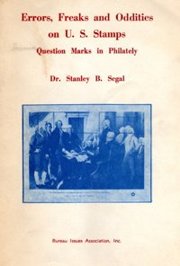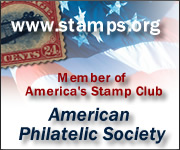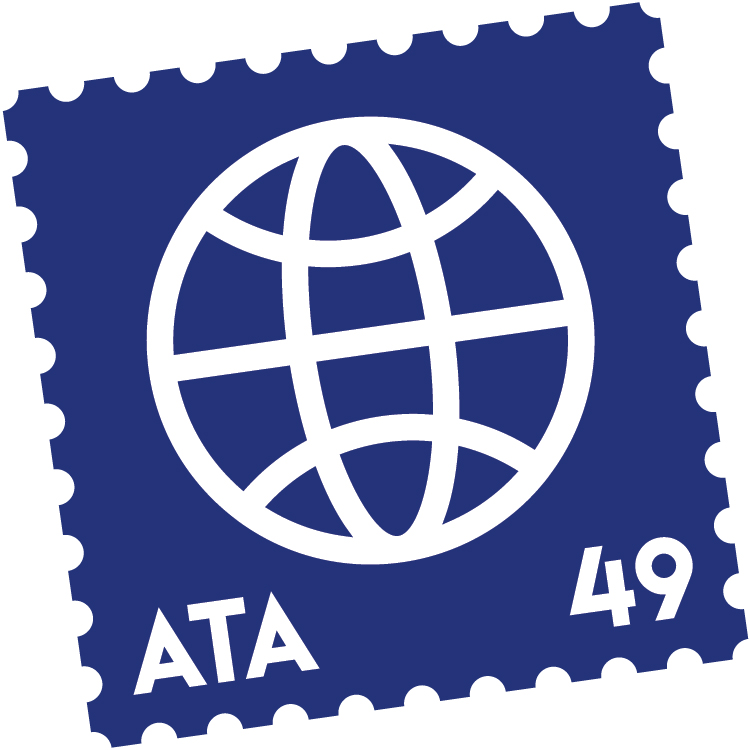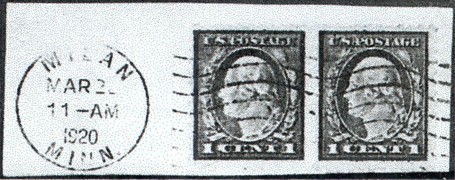
EFOCC Home
Resources
The EFO
Collector
Collector
Auction
Honor Roll
EFOCC History
Club Business
Membership
Buyers/Sellers
Service Providers
Service Providers
Member Login

EFOS for Sale
 |
| APS Affiliate #103 |
 |
 |
| ATA Chapter #94 |
| Click here for a printer friendly version of this essay. |
59. Doubled impressions: When paper passes twice through a press and the second pass is unintended, it is an error. But a variety exists that mimics the error, called a "kiss print," in which the plate stutters. The second impression produced is usually light, often inconsistent and not complete. These are common on the offset-printed Washington Heads of 1918-20 but have little value compared to the true double print. They are considerably more scarce on other issues, but the value is still not much more than the value of the stamp itself unless visually dramatic.
Doubling is also found on modem offset printed stamps when two or more offset colors are printed. The second offset roller can pick up wet ink printed from the first offset roller and print it on the following sheet. Because it should print exactly on top of the same offset color, this phenomenon would usually not be noticed. But if the next sheet is a hair off register, the second imprint will be visible.
A more frequently seen variety is what have come to be called "phantom" plate numbers - most often on web-printed Presidential-era plate margin strips. They are very light but easily seen second impressions of plate numbers and other marginal markings, but in the wrong location on the margin. The cause is the mechanism that cleans the roller that regulates the edge of the web. If the mechanism failed, or was in process of being adjusted, the roller picked up a bit of wet ink and deposited it where it didn't belong on the next revolution. Value for an affected margin block is in the $20 range, more for a larger piece or for multiples with little-used denominations or higher face values.

Type 59: The pronounced doubling in the left-hand stamp (Scott 498) is an example of a pulled (or kiss) print, not a double impression error. It occurred when the ink was pulled or dragged from its proper place by the paper moving under the plate.
| Previous: Printing on reverse | Doubled impressions | Next: Color misregistrations |
| Table of Contents | Freaks |
John M. Hotchner
Errors, Freaks & Oddities
The EFO Collector
The Archives
John M. Hotchner
EFO Corner
The Columns
from Linn's
from Linn's
Articles By
Wayne Youngblood
AG
Files
Ryskamp
on
Computer-Vended Postage
Not
quite
EFOs